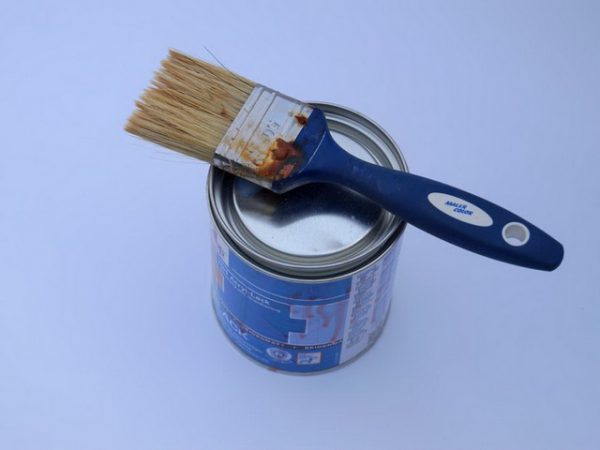The density of paints and varnishes (LKM) for walls, floors, ceilings is much higher than this indicator of water. That is why a kilogram can externally may be smaller than a similar package of aqueous solutions. How to find out how much it weighs 1 liter of paint? Such data may be required when planning repairs and calculating the cost of materials. There are special formulas for calculus.
What affects the mass of coatings - factors
The weight of any substance in kg can be converted into a volume in l, and also make the calculation in the opposite way. Such knowledge is often needed by buyers of building and finishing materials, because many are interested in what is the mass of a particular can of paint. It is not always possible to find information on the Internet, reference books, because paints and varnishes are not the same in composition, they are produced by different manufacturers. Difficulties can arise when buying a non-standard capacity, and then the calculations have to be done manually.
The weight of the paint varies greatly depending on the type. There are a number of factors on which the mass will directly depend:
- specific gravity of the material;
- the presence of additional substances - additives, modifiers;
- the density of the medium.
to contents ↑Since all indicators are different, each paint weighs differently. There are GOSTs that establish the boundaries of the mass of a specific paintwork. Although many products are produced according to the specifications, where the manufacturer independently determines this range.
LKM weight calculation
To find out how much weight is in a liter of material, you have to turn to a physics course. There is a density formula that takes into account volume and mass:
p = m / V
Here m is mass, V is volume, p is density. Usually the density does not exceed 1.2-1.6. It is always indicated on the packaging of the paint material in the “technical specifications” section. Having transformed the formula into m = V x p, taking the density and volume indicators (1 liter or another figure), you can easily calculate how many kilograms this jar weighs.
to contents ↑Since the density of the paint is always greater than that of water-based liquids, the mass of a standard can will be above 1 kg - usually 1.08-1.44 kg. You can then use this information to determine the overall severity of the desired dye.
Weight of different compounds
It should be remembered that the measurements made may be inaccurate, because sometimes the density varies by a fraction of%. But the error rarely exceeds 5%, which is insignificant for domestic purposes. Laboratories where accurate calculations are required carry out their density measurements using special equipment. This allows you to get results with almost no error.
The table below shows the density of individual types of paints. The limits of permissible values that vary from different manufacturers are indicated:
| Type of paint | Density, kg / m3 |
|---|---|
| Water emulsion | 1,34-1,36 |
| Latex | 1,5-1,58 |
| Pentaphthalic Enamels | 0,9-0,92 |
| Acrylic | 1,45-1,55 |
| GF primer | 1,49-1,52 |
| Silicone | 1,39-1,4 |
Calculating the mass of paint can provide useful information. For calculations, you only need to familiarize yourself with the attached data or find them on the manufacturer’s website.









